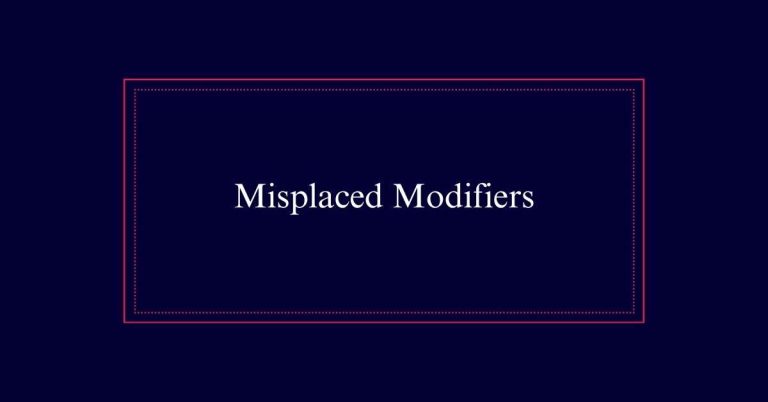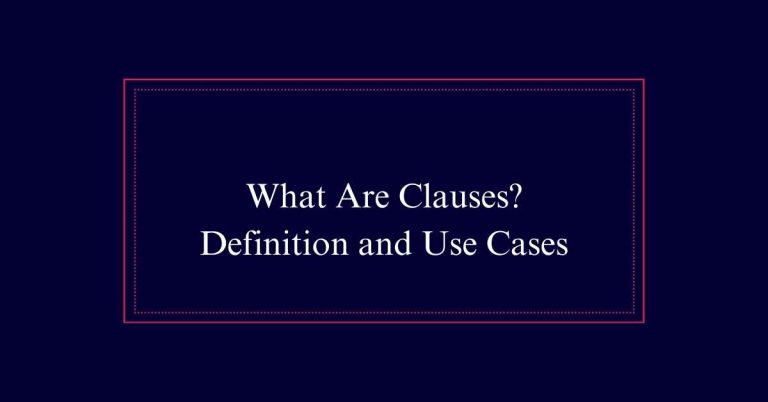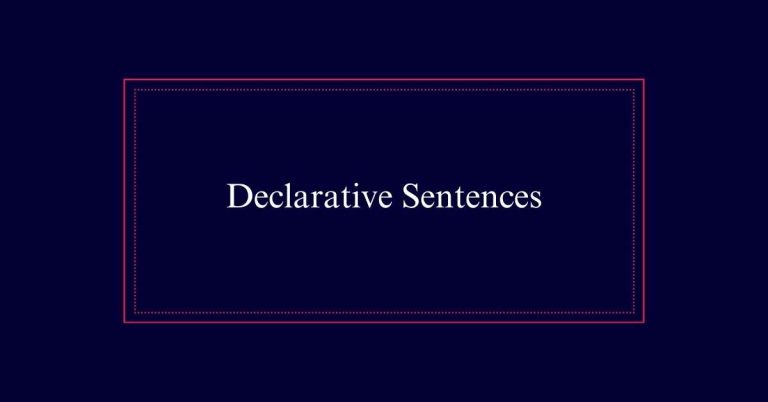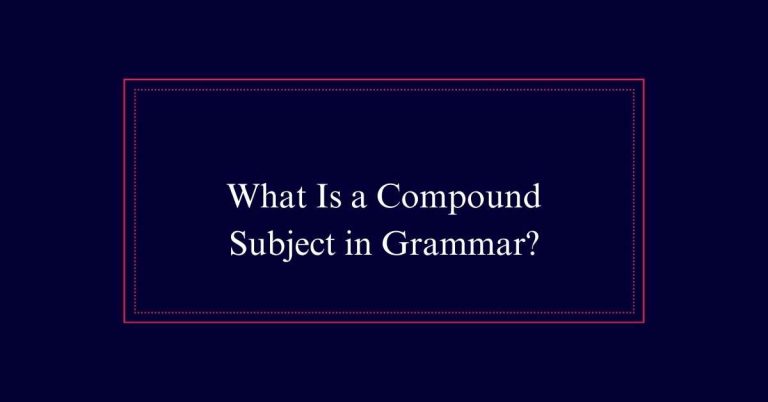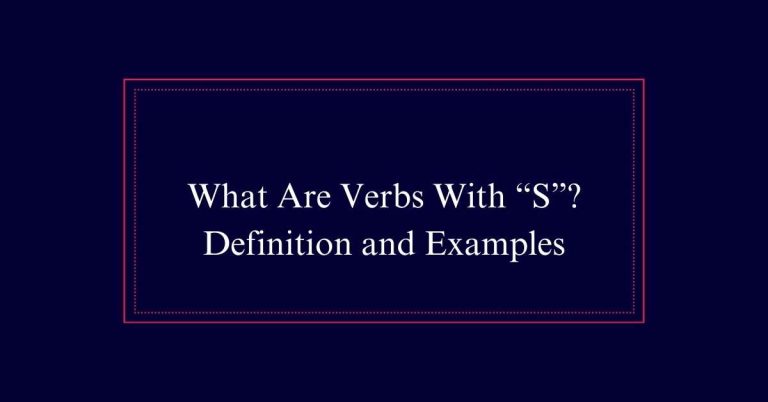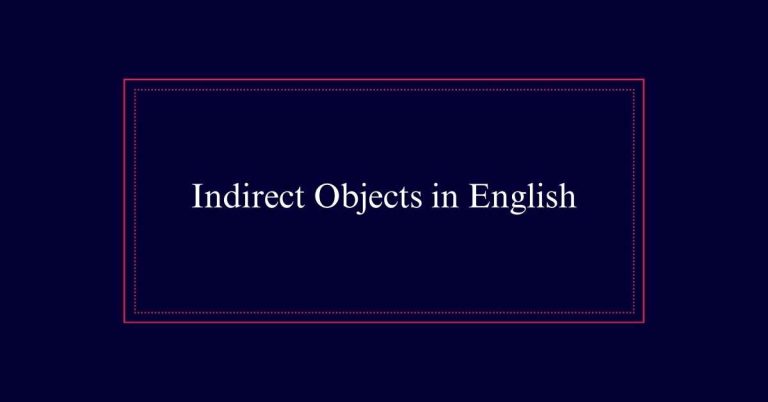Restrictive and Nonrestrictive Clauses
Restrictive clauses are essential parts of a sentence that limit the meaning of a noun and are crucial for its identification. They use relative pronouns like ‘that,’ ‘who,’ or ‘whose’ and are not set off by commas. Nonrestrictive clauses, however, add extra information that can be removed without altering the core meaning. They are introduced by ‘who’ or ‘which’ and are separated by commas.
Understanding Restrictive Clauses
Restrictive clauses are essential parts of a sentence that modify and limit the meaning of a noun. They provide vital information that identifies or limits the nouns they modify. Without these clauses, the sentence’s meaning would change.
Restrictive clauses are introduced by relative pronouns such as ‘that,’ ‘who,’ ‘whom,’ or ‘whose.’ For example, in the sentence ‘The book that you lent me was fascinating,’ the clause ‘that you lent me’ specifies which book is being referred to. These clauses are integral to the sentence and cannot be removed without altering its meaning.
Role of Restrictive Clauses
The role of restrictive clauses is to provide essential information that defines and limits the nouns they modify. They are vital for specifying which person, place, or thing is being referred to in a sentence. Without these clauses, the meaning of the sentence would be incomplete or unclear.
- Defines nouns precisely: Essential for clarity.
- Limits scope: Restricts the reference to a specific subset.
- Cannot be omitted: Their removal changes the sentence’s meaning.
- Introduced by specific pronouns: Often start with ‘that,’ ‘who,’ ‘whom,’ or ‘whose.
- Essential for specificity: Avoids ambiguity in the sentence.
Identifying Restrictive Clauses
How can one identify restrictive clauses in a sentence?
Restrictive clauses provide essential information about the noun they modify. They limit or identify the noun in a way that is vital to the sentence’s meaning. Without these clauses, the sentence would lose important context.
For instance, in the sentence ‘The book that she recommended is excellent,’ the clause ‘that she recommended’ specifies which book is being referred to.
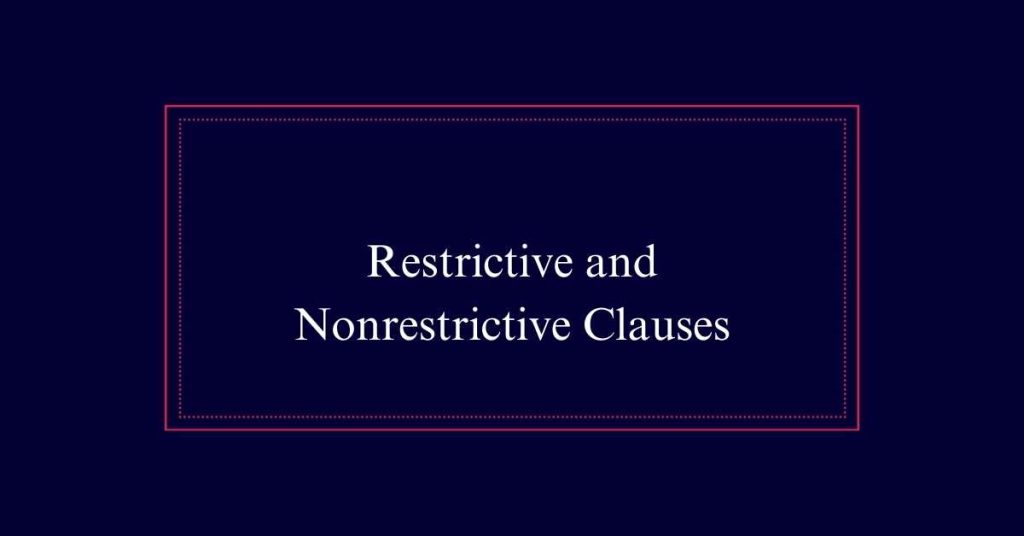
Restrictive clauses are not set off by commas and blend seamlessly into the sentence. These clauses are often introduced by relative pronouns such as ‘that,’ ‘who,’ ‘whom,’ or ‘whose.’
Relative Pronouns in Restrictive Clauses
Relative pronouns like ‘that,’ ‘who,’ ‘whom,’ and ‘whose’ are commonly used to introduce restrictive clauses. These clauses are essential to the meaning of the sentence, providing important information about the noun they modify. Without these clauses, the sentence would lose its specific meaning.
Key points to remember about relative pronouns in restrictive clauses include:
- ‘That’ is often used to specify objects or animals.
- ‘Who’ is used to identify people.
- ‘Whom’ is used for objects of verbs or prepositions.
- ‘Whose’ shows possession.
- These clauses do not require commas.
Exploring Nonrestrictive Clauses
Nonrestrictive clauses provide additional information about a noun without altering the core meaning of the sentence. These clauses offer extra details that enhance understanding but can be omitted without affecting the sentence’s overall meaning. They are typically introduced by relative pronouns such as “who” or “which” and are set off by commas. Below is a table highlighting key aspects of nonrestrictive clauses:
| Feature | Example | Explanation |
|---|---|---|
| Introduced by | who, which | Nonrestrictive clauses often start with these words. |
| Optional Information | The car, which is red, is fast | The clause can be removed without changing the meaning. |
| Punctuation | Commas | Nonrestrictive clauses are always set off by commas. |
Nonrestrictive Clauses Explained
Building on the previous discussion, nonrestrictive clauses enhance sentences by providing supplementary information that, while informative, remains nonessential to the core meaning.
These clauses offer additional context or description without impacting the sentence’s main point. They are set apart by commas and can be removed without altering the fundamental message.
Key points about nonrestrictive clauses:
- Nonessential information: Adds extra details.
- Introduced by relative pronouns: Such as ‘who’ and ‘which’.
- Removable: Sentence retains its meaning without them.
- Set off by commas: Marks the clause boundaries.
- Enhances readability: Provides smoother narrative flow.
Commas and Restrictive Clauses
Understanding the role of commas in restrictive clauses is essential for maintaining sentence clarity and precision.
Restrictive clauses provide critical information that defines or limits the noun they modify. These clauses are integral to the sentence’s meaning and cannot be removed without altering it.
Because of their defining nature, restrictive clauses are not offset by commas. For example, in the sentence ‘The book that you lent me was fascinating,’ the clause ‘that you lent me’ specifies which book is being referred to. Omitting commas ensures the clause blends seamlessly into the sentence, preserving its essential meaning.
Commas and Nonrestrictive Clauses
When dealing with nonrestrictive clauses, it’s important to remember that they should be offset by commas to indicate their supplementary nature.
These clauses add extra information about a noun but are not essential to the sentence’s core meaning. Proper use of commas guarantees clarity and readability.
Key points to remember:
- Nonrestrictive clauses provide additional, non-essential information.
- They are introduced by relative pronouns like ‘who’ or ‘which.’
- Commas are used to set off these clauses from the rest of the sentence.
- Removing the nonrestrictive clause does not change the main meaning.
- Misplacing commas can lead to confusion about the sentence’s intent.
What is the difference between noun clauses and restrictive/nonrestrictive clauses?
Noun clauses in grammar serve as the subject or object of a sentence. They function similarly to nouns, while restrictive/nonrestrictive clauses provide additional information about a noun. The key distinction lies in the necessity of the information for the sentence’s meaning. Understanding noun clauses in grammar helps in distinguishing these differences.
Choosing ‘That’ or ‘Which’
Deciding between ‘that’ and ‘which’ in your writing can greatly impact the clarity and accuracy of your sentences. In American English, ‘that’ introduces restrictive clauses, which are essential to the meaning of the sentence.
For example, ‘The book that I borrowed is excellent.’ Here, ‘that’ specifies which book. Conversely, ‘which’ introduces nonrestrictive clauses, adding extra, non-essential information.
For example, ‘The book, which I borrowed, is excellent.’ Removing the clause does not change the main point. British English sometimes uses ‘which’ for restrictive clauses, but to avoid confusion, stick with ‘that’ for restrictive and ‘which’ for nonrestrictive clauses in American English.

